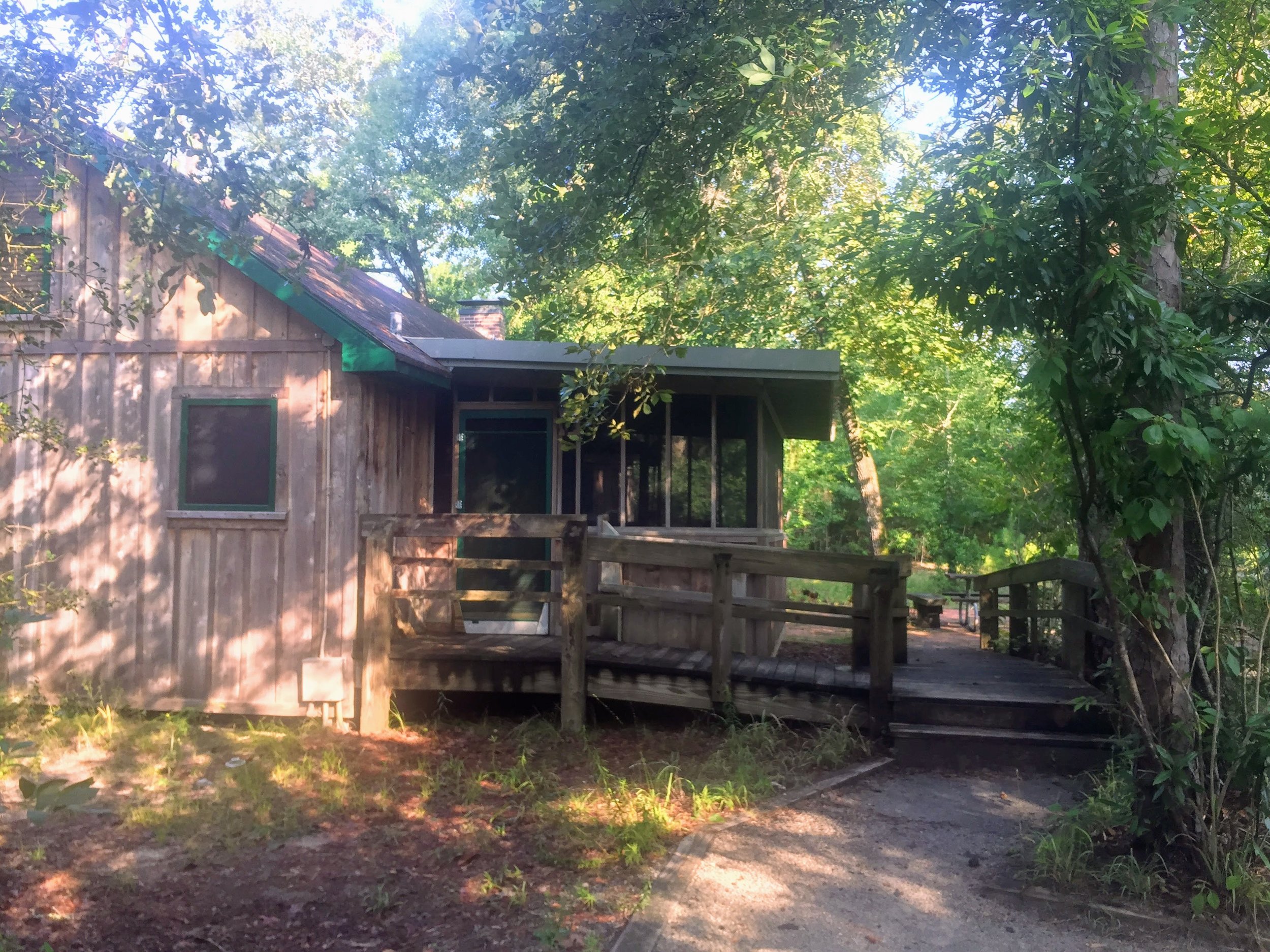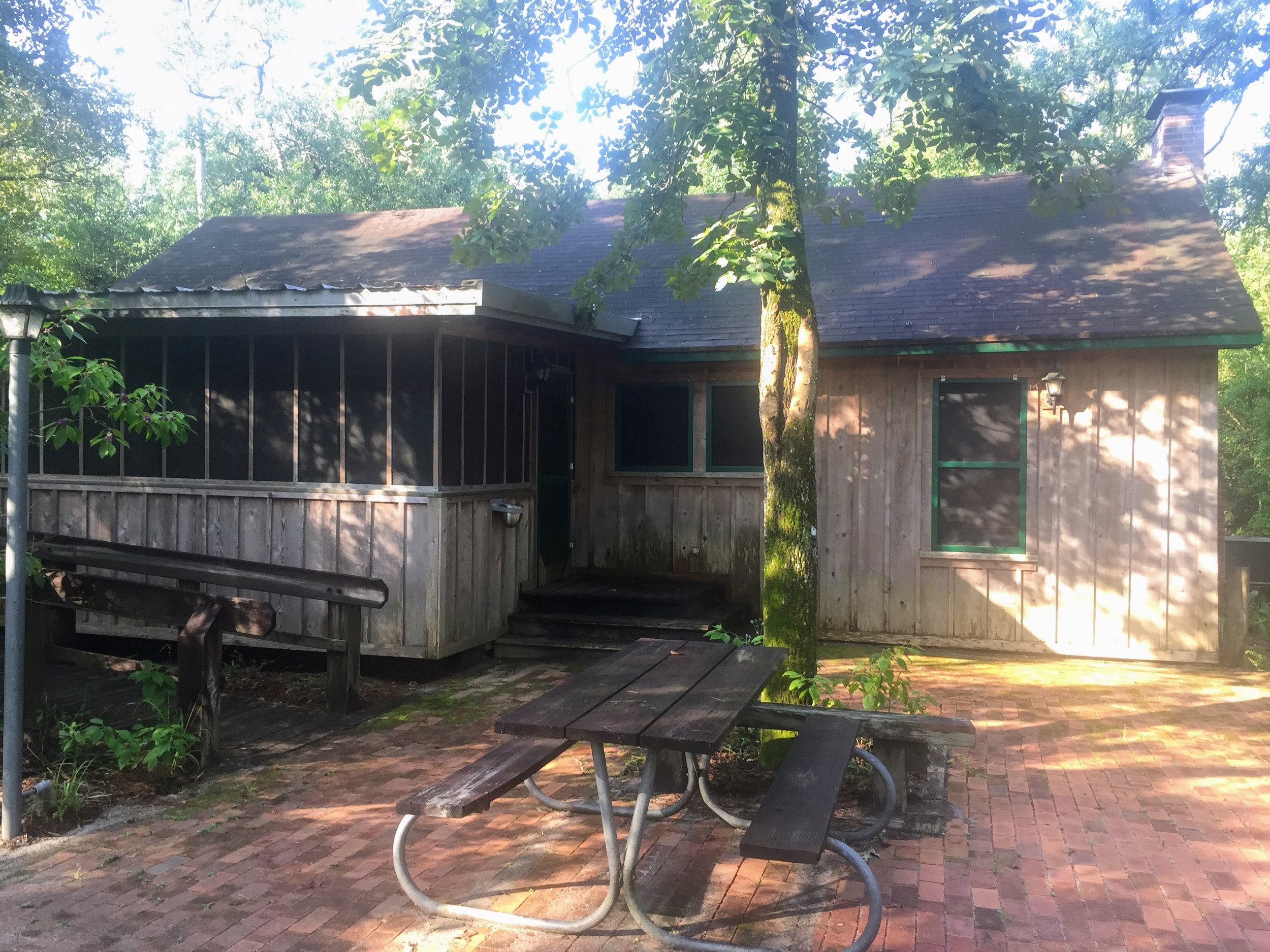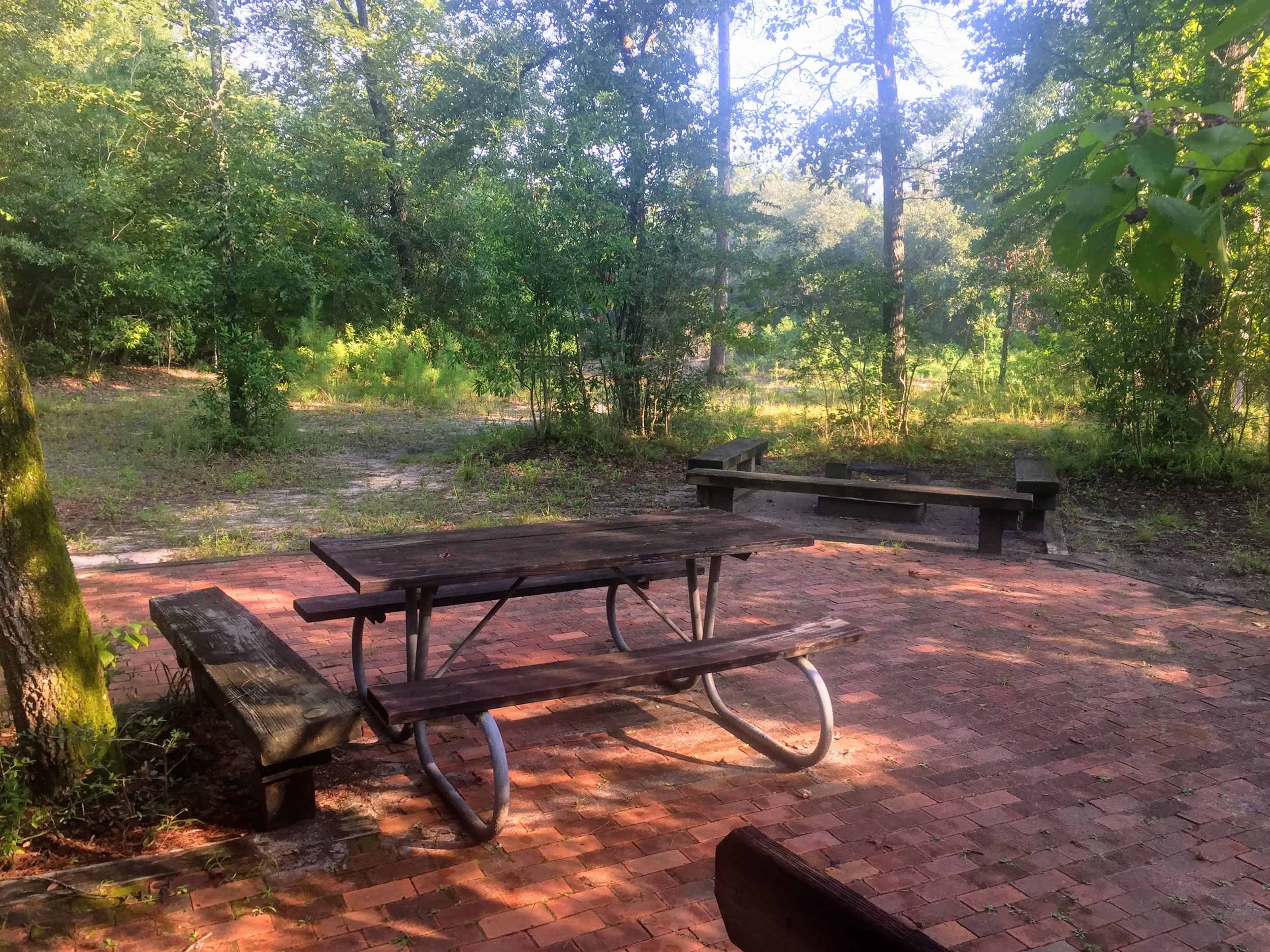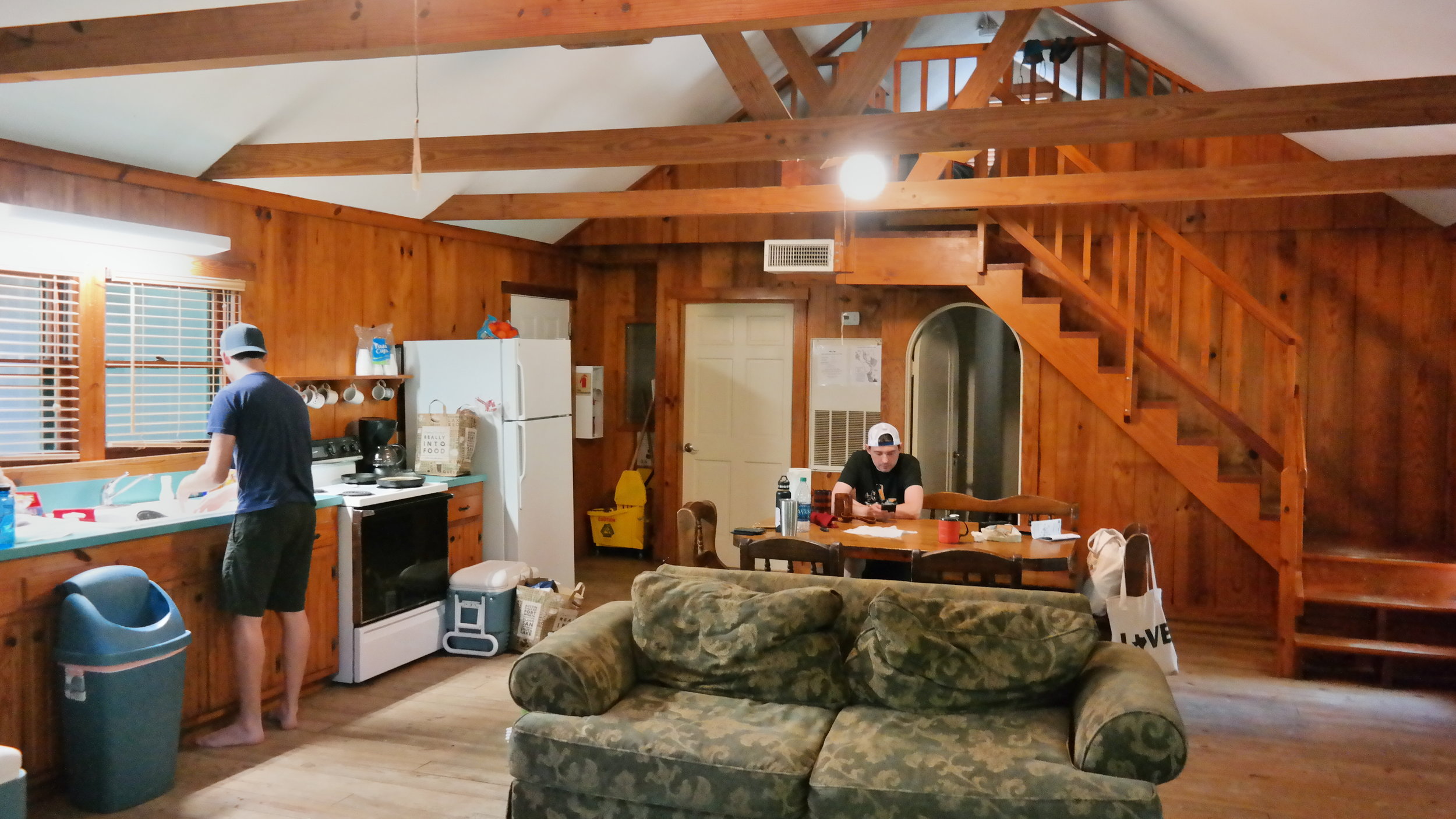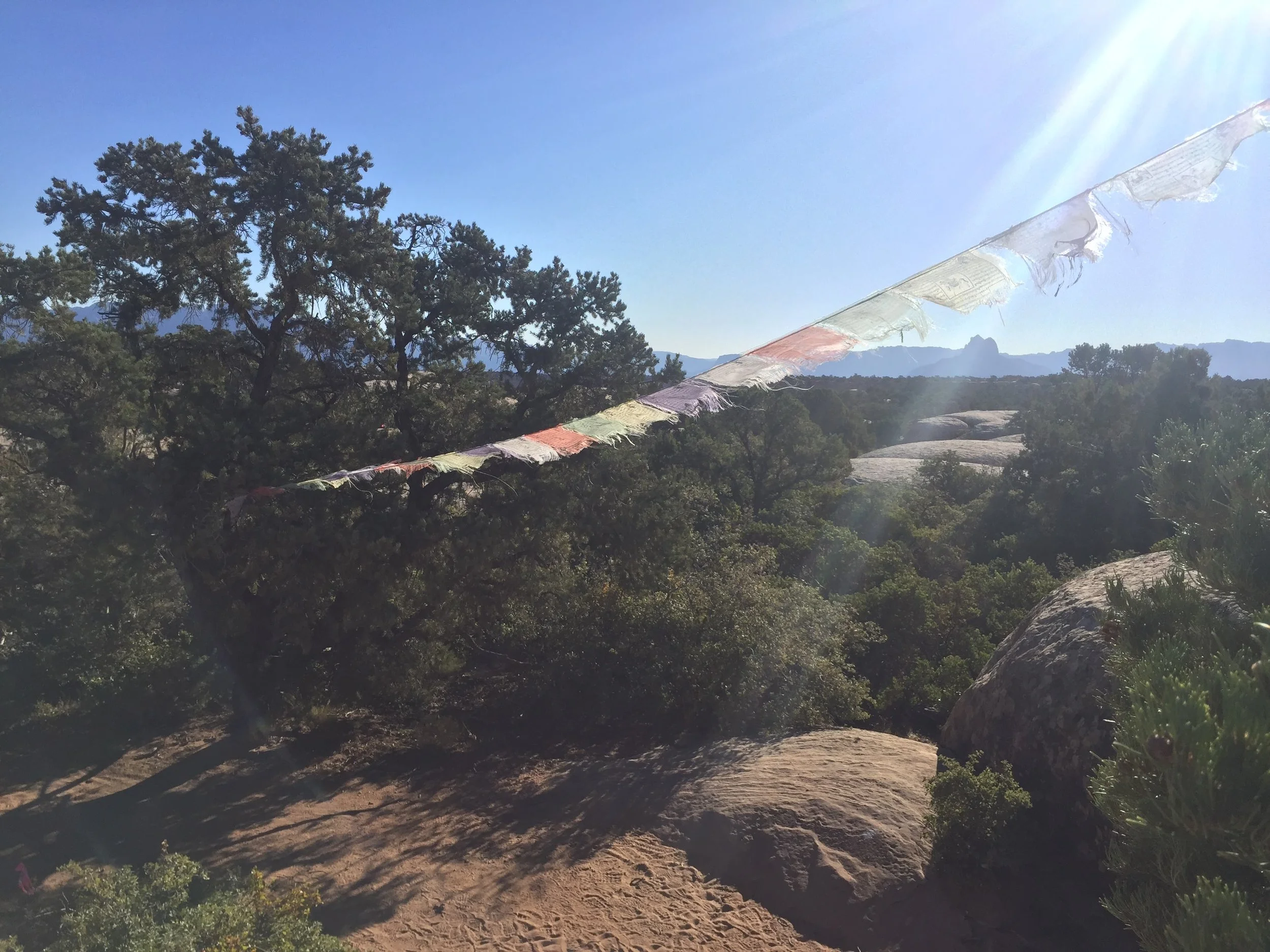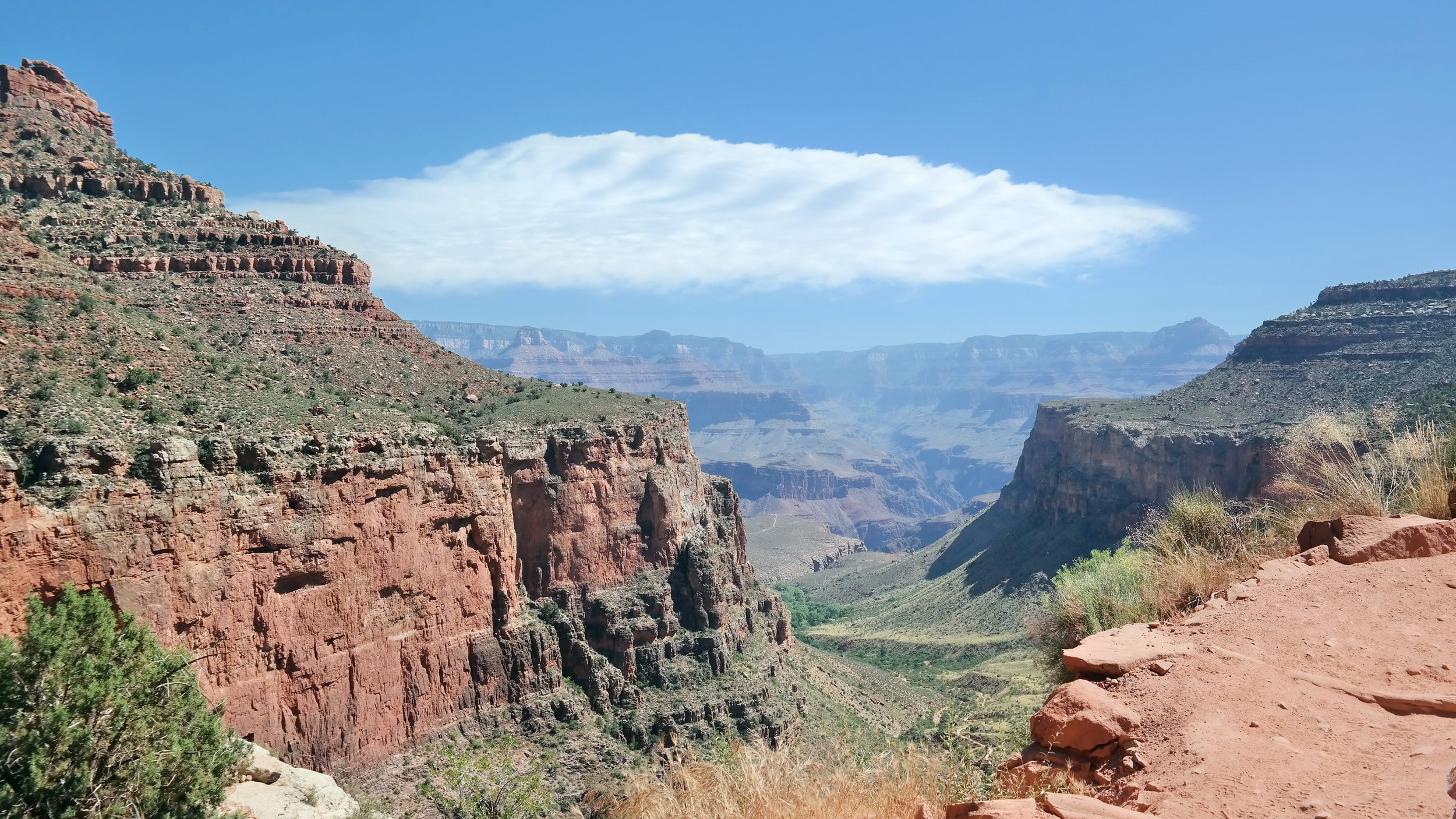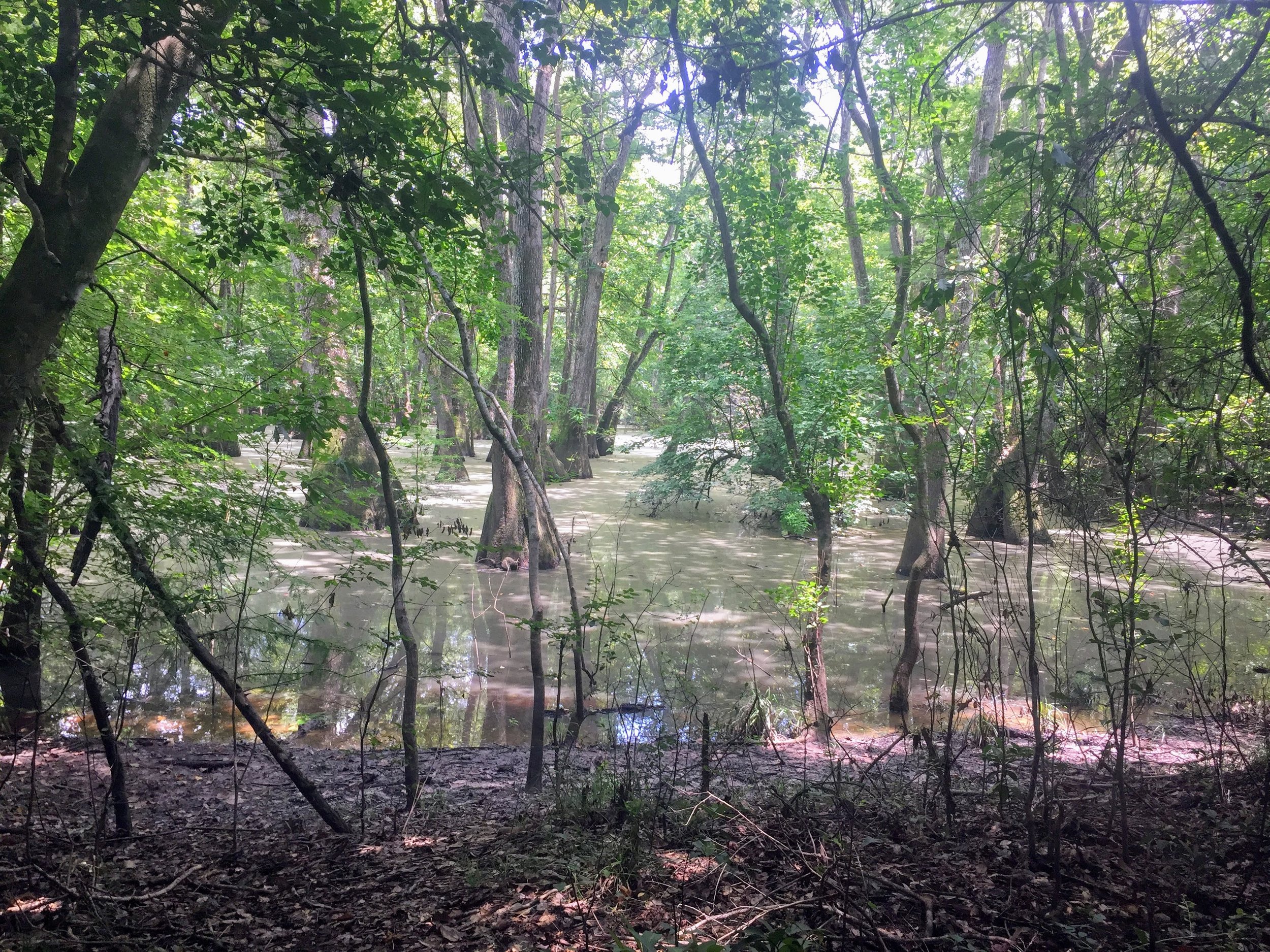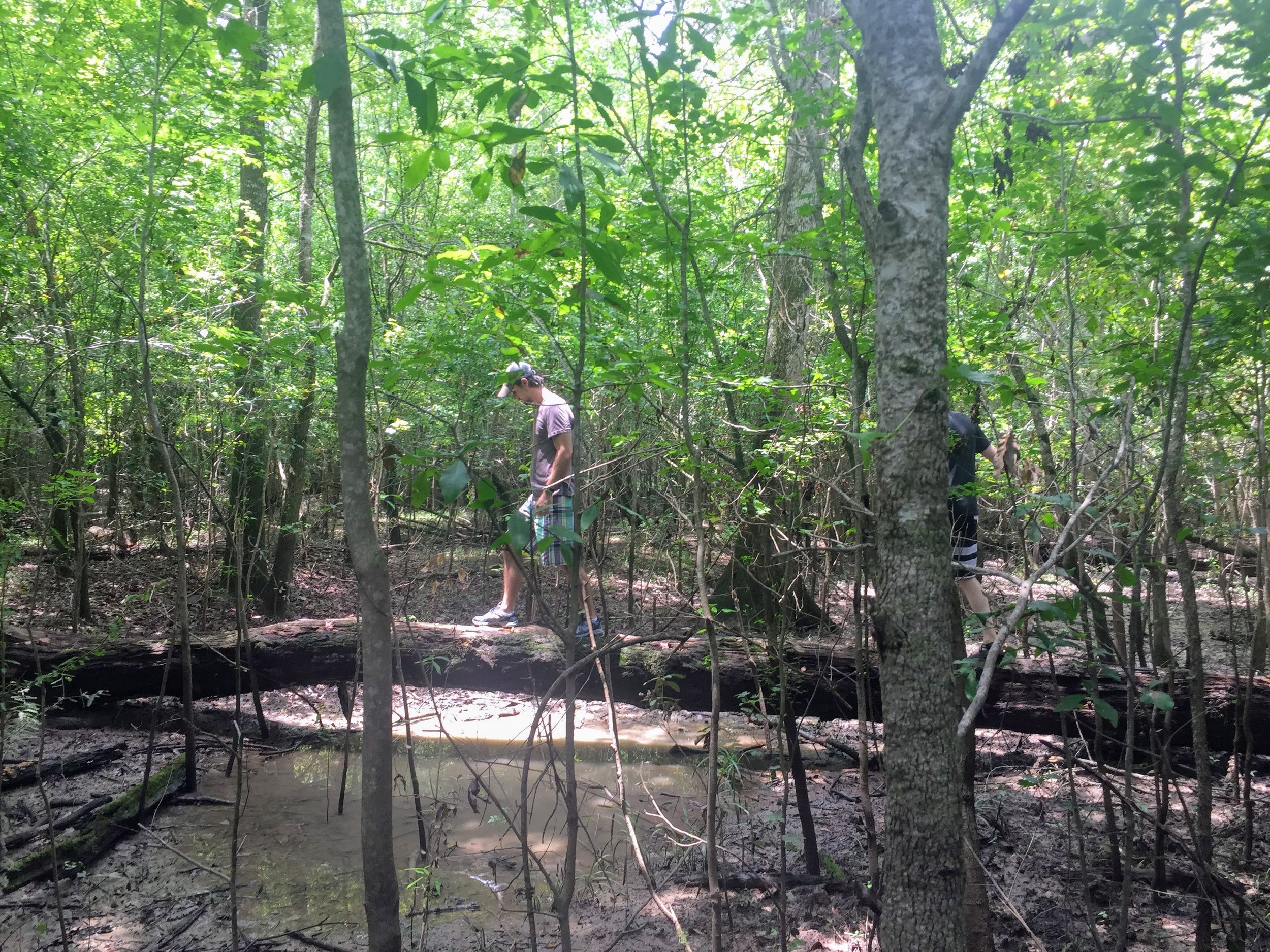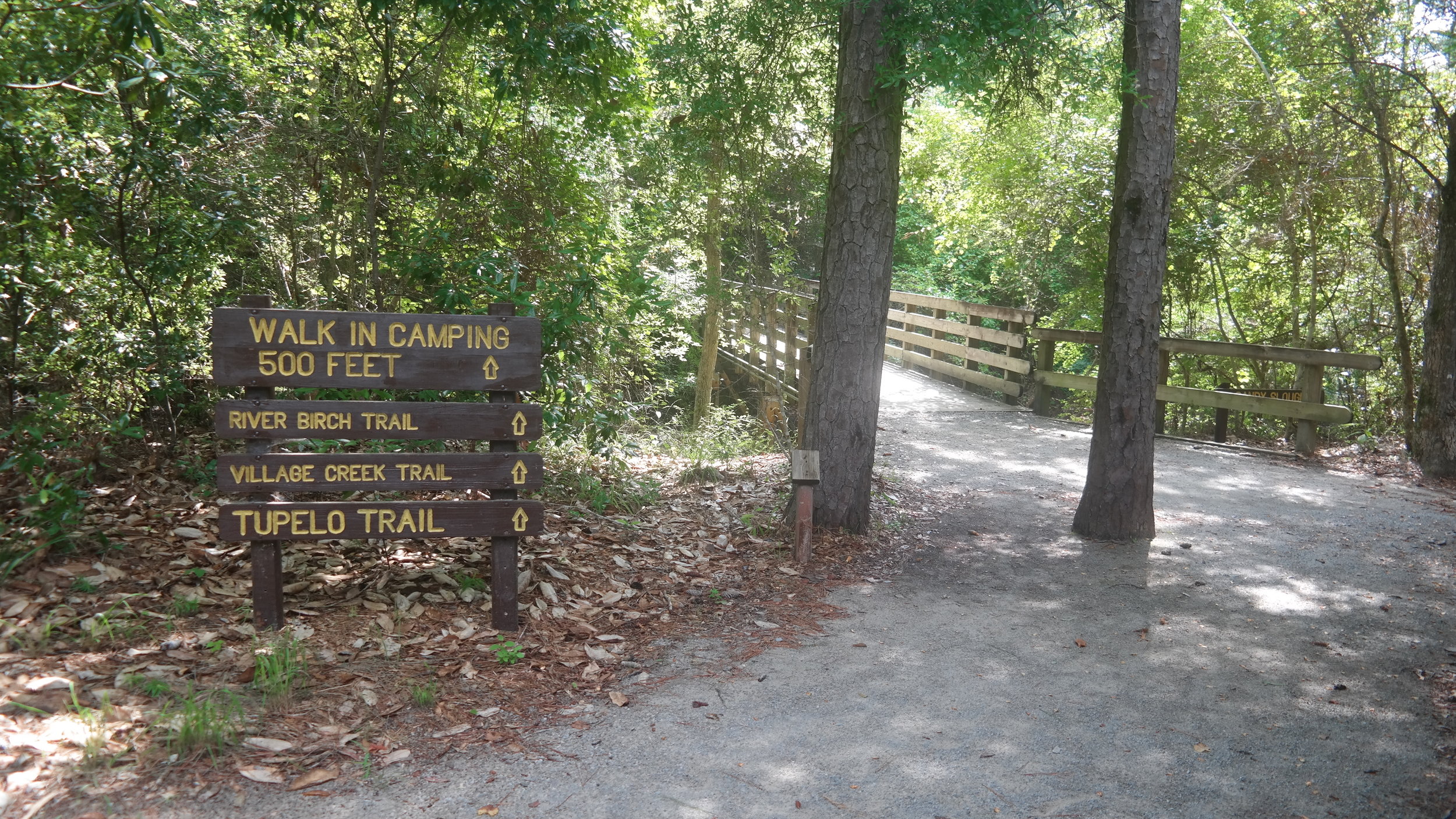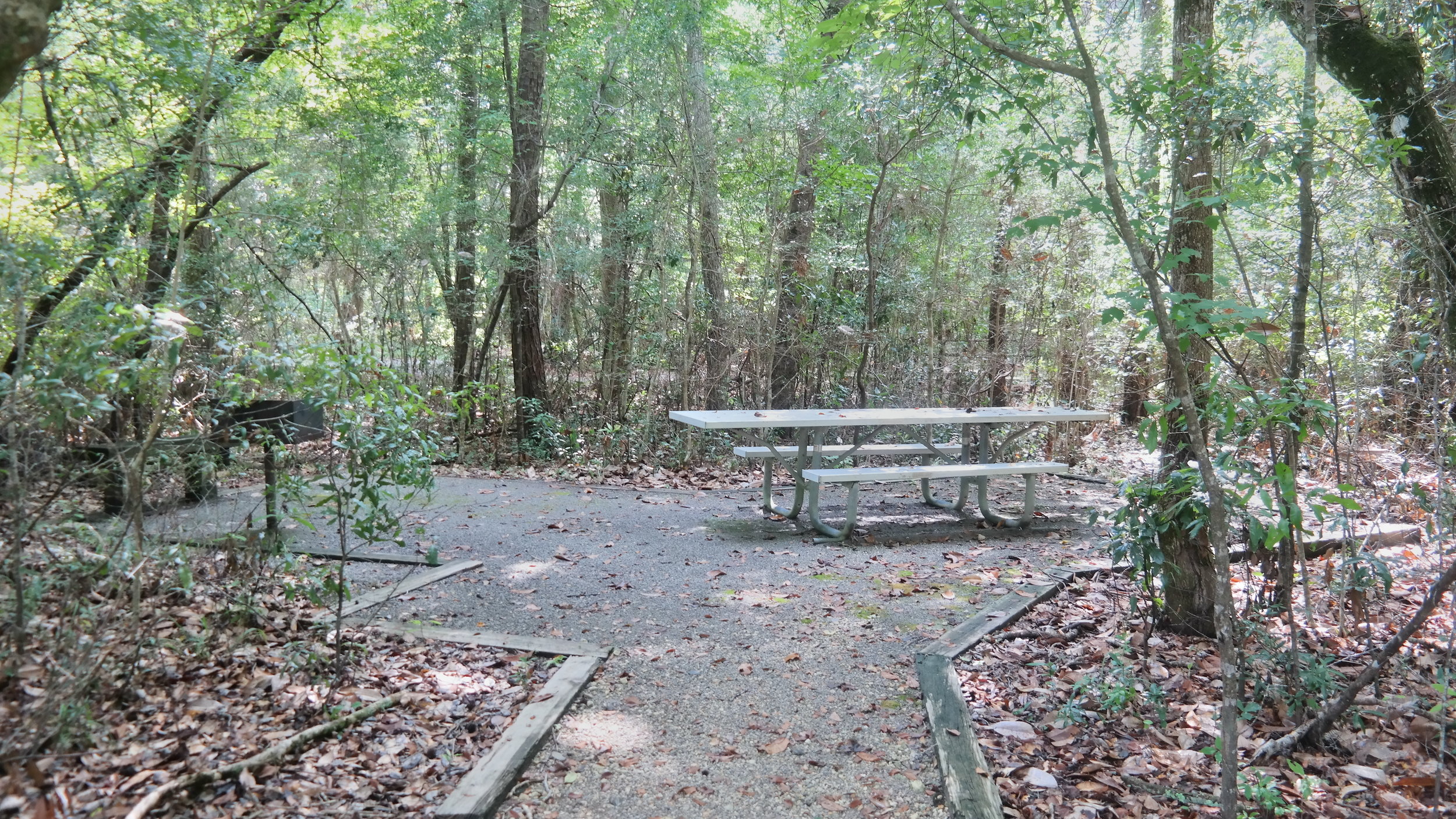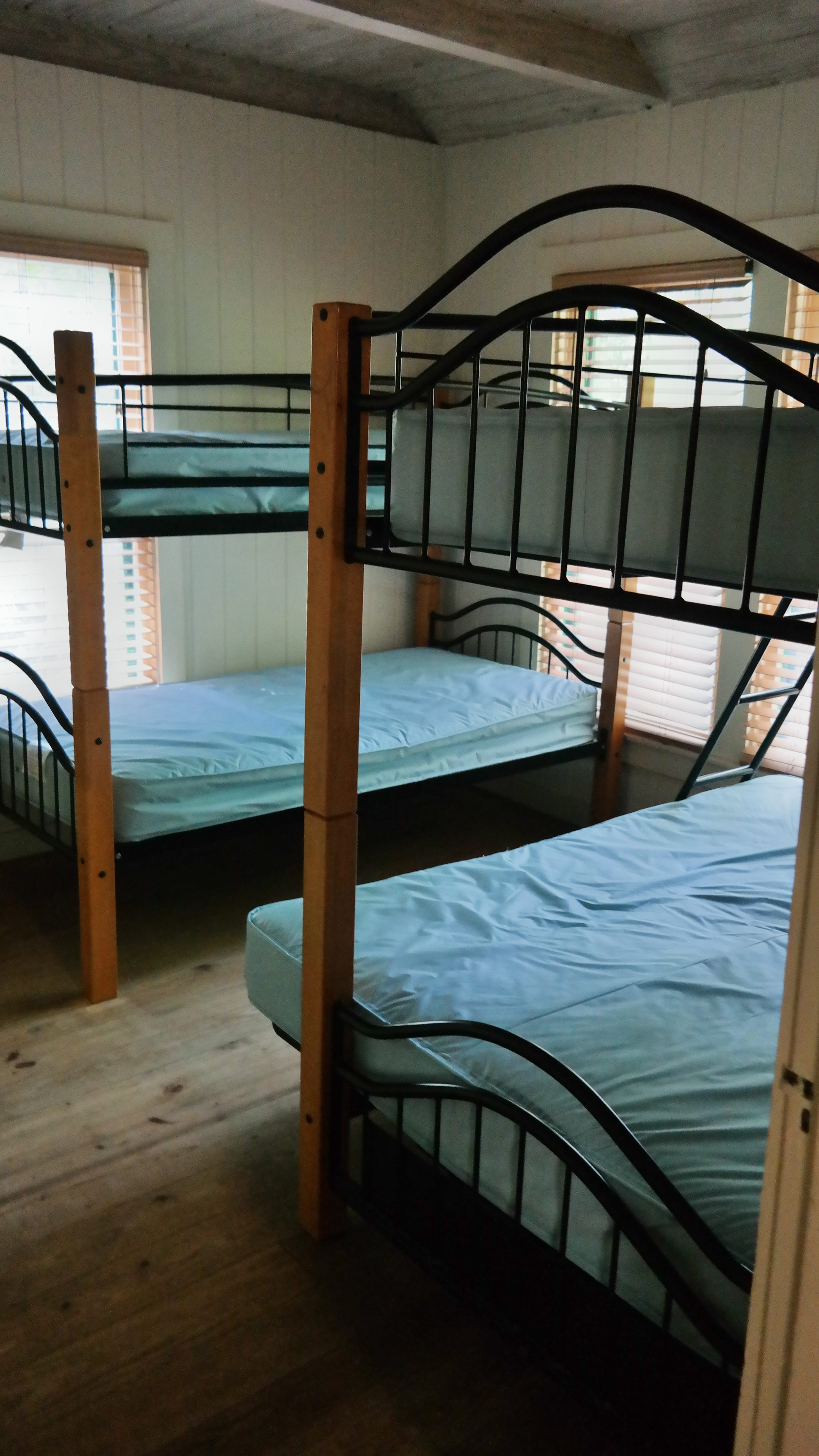A view of Village Creek, a tributary of the Neches River and the Park's namesake.
The Park at a Glance
Located about 4 hours East of Austin in Lumberton, TX (near Beaumont)
16 walk-in campsites + 1 Group campsite, 25 water/electric campsites, 8 person cabin,
Heavily forested featuring Cypress Swamps
Several heavily shaded and private picnic areas
Canoe launch with access to 40 miles of smooth water
8 miles of hiking trails
Holy Humidity!
This was the least busy State Park I have ever been to and that may have been because outside in Texas in August is not always the most fun (read: so sweaty). Wanting to camp but not wanting to spend the night cooking in our tents, we managed to snag a two-night reservation at the 8 person cabin in the park. I wouldn't go so far as to actually call what we did "camping," but it did give us a chance to explore the park while having an air conditioned refuge and shower to head back to when we were done. Unfortunately, the walk-in campsites were flooded so I didn't get a chance to see what camping in the park would normally be like.
Swimming area at the end of Village Creek Trail (1.13 miles one way)
The park has about 8 miles of trails that wind through cypress-tupelo swamps. These trails are also great for biking and trail running. There is one main swimming area with a sizeable beach. The park has numerous warnings about alligators living in the area, which convinced us not to swim despite the heat. We kept our eyes peeled but unfortunately, we didn't see any during our visit to the park. There is also a canoe launch and the park lends fishing tackle if you aren't into hiking/biking.
The Cabin
We really enjoyed our stay in the cabin at Village Creek. It has a full kitchen, bathroom, and sleeps up to 8 people. Best of all, it has AC! Mattresses are provided so all you have to bring is your bedding. The screened in porch was a great way to spend more time outside while staying out of reach of the bloodsuckers. It's also super affordable at only $80 a night.
